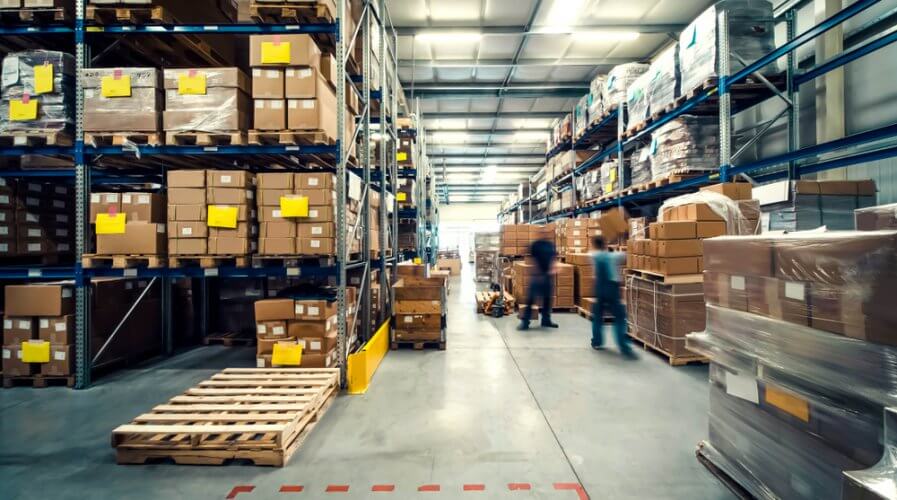
Hiccups on the warehouse floors will also impact the duration between the time of order and receipt. Source: Shutterstock
3 major e-commerce CX problems a digital supply chain can solve
ONLINE retail consumers are caring a lot more about the supply chain than ever as it directly affects the customer experience (CX).
Traditionally, customer satisfaction has been the responsibility of frontline staff.
However, supply chain processes indeed have a systematic domino effect on an online shopper’s CX journey.
The current on-demand trend of consumerism is making the digital supply chain a necessity in e-commerce businesses.
When there’s no visibility of demand, the supply may be insufficient to fulfill needs.
Hiccups on the warehouse floors will also impact the duration between the time of order and receipt. Obviously, delayed deliveries will translate to bad ratings and sequentially, bad sales.
This means to say that a digital supply chain will not only streamline processes to improve CX but also protect profitability.
Here are three major areas that a digital supply chain can solve and instantaneously lift e-commerce’s positioning.
#1 | Demand and supply — neither too many or too little
Going back to basic economics, demand and supply need to reach equilibrium for the supply chain to work optimally.
With big data and an enterprise resources planning (ERP) system in place, businesses can have real-time access to their inventories and guarantee product availability.
What this means to CX is that shoppers will not be disappointed when they actually need to make a purchase.
The visibility of available resources and data backing will help decision-makers lower production cost as well as eliminate wastage.
#2 | Warehousing — zero downtime
The workflow in a warehouse comprises multiple moving parts. The in-between processes can be cumbersome when error crops up.
Integrating blockchain technology to warehouse operations can save online retail a lot of unnecessary downtimes.
For instance, the verified transaction history will be on an immutable ledger that all parties can refer to.
This gives warehousing heads the helicopter view of the entire operation to spot mistakes with ease.
Minimizing downtime in the warehouse will proportionately minimize waiting hours for consumers between the time of order and receipt.
In the age of instant gratification, this will boost the CX for any online retail business.
#3 | Delivery — going the extra mile
Last-mile delivery for online retailers is arguably the most important part in leaving a lasting CX. This is because it will be the last contact point with consumers.
This last bit of logistics is forecasted to be 80 percent autonomous by 2025 with aims for ‘same day delivery.’
What this illustrates is delivery robots ensuring timely parcel arrivals for the customer journeys to end on a good note.
The IoT-enabled delivery robots can leverage bleeding edge technology to avoid traffic congestions and to give visibility to the tracking.
In addition, making delivery fully digital will most definitely save on man-hours and other resources.
To sum it up, a digital supply chain will be able to enhance the CX of e-commerce businesses.
Although it will take significant time and effort to pursue this digital transformation, it will ultimately be worth the investment.
Consumers are the source of any business’ revenue. So, it is important for e-commerce businesses to pay attention to how a digital supply chain can really boost CX.
READ MORE
- 3 Steps to Successfully Automate Copilot for Microsoft 365 Implementation
- Trustworthy AI – the Promise of Enterprise-Friendly Generative Machine Learning with Dell and NVIDIA
- Strategies for Democratizing GenAI
- The criticality of endpoint management in cybersecurity and operations
- Ethical AI: The renewed importance of safeguarding data and customer privacy in Generative AI applications






